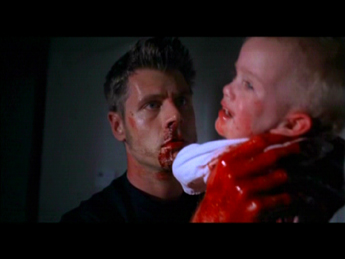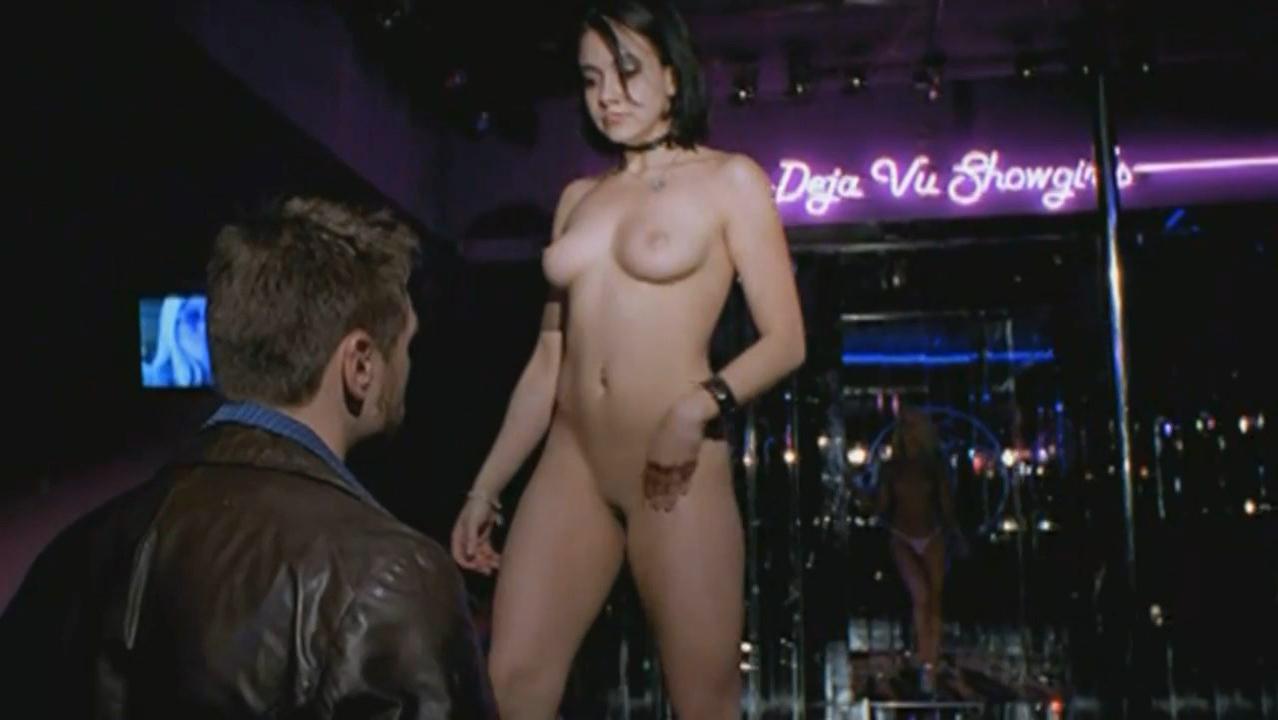

De Palma, who thrives in self-contained cinematic worlds, piles on film noir tropes and lavishes the period detail, like the zoot-suit riot that opens Mr. It's the kind of Big Sleepy whodunit that still feels unresolved by the credits, and Mr. Hartnett) and brash fellow cop Lee Blanchard (Aaron Eckhart) into a sultry tangle of mystery. The case, named for the victim's dark hair and monochromatic fashion sense, draws Bucky Bleichert (Mr.

De Palma still manages his own murder set pieces (a surprise shootout, a shadow-play strangling), but his powers of orchestration are subdued his fascination with artifice is used for dream-factory mood and mythology rather than nail-biting plotting and jaw-dropping camerawork. Reducing the density but not the sprawling feel of James Ellroy's chunky 1987 novel, the film focuses on the subsequent investigation by a young-buck police detective (Josh Hartnett).

It was a murder tailor made for a De Palma film, a gruesome act of disembowelment and disfiguration, but the action of the "The Black Dahlia" occurs afterward. Fittingly, the true-crime story buried within "The Black Dahlia" involves someone who simply longed to be watched: aspiring actress Elizabeth Short, who in 1947 became Hollywood's most notorious murdered dreamer. His sharpest films, like "Dressed to Kill," "Scarface," and "Femme Fatale," are feature-length seductions, orgies of masterful stylistic excess and sinuous suspense. Veteran director Brian De Palma loves reminding American moviegoers just how voyeuristic we are.


 0 kommentar(er)
0 kommentar(er)
